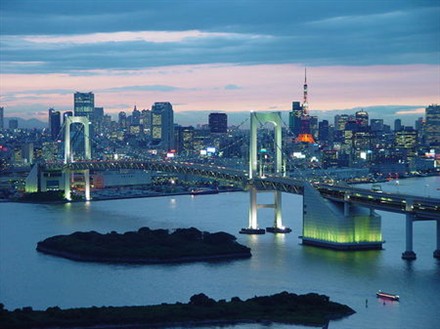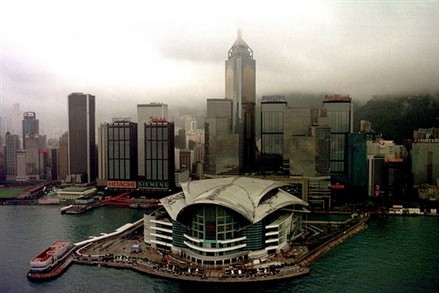Property rents are on the rise throughout Asia on the back of strong economic growth, with Singapore's 15 per cent rise last year earning it the accolade of the world's 5th most expensive city to rent a two-bedroom property.
Tokyo is the most expensive location globally, according to a report by international human resources solutions provider ECA International.
Within Asia the Japanese capital is followed by Hong Kong (3rd in the global rankings), Singapore (5th), Seoul (15th) and Shanghai (24th). Bangkok is ranked 7th in Asia and 28th globally, Jakarta 9th and 36th globally, and Kuala Lumpur positioned at 14th place in Asia and 92nd globally.
In Singapore, the recession along with a wave of new housing hitting the market prompted rental prices for an unfurnished two bedroom property to fall by approximately 17 per cent in 2009, according to the report.
This pattern was reversed last year when rents rose 15 per cent to US$2,810 a month. Singapore rose from 6th to 5th position in the overall ranking.
"The rebound in Singapore has been driven by a general recovery in house prices along with increased demand," said Lee Quane, Regional Director, ECA Asia. "Assignee numbers are up again in Singapore following falls during the economic downturn.
This has placed pressure on rental accommodation, particularly in areas popular with expatriates."
Hong Kong has witnessed some of the biggest price increases in the world, reflected in a jump up the ranking from 9th to 3rd position over the year.
The price of renting two-bedroom accommodation rose by 22 per cent to US$ 2,830 a month between 2009 and 2010. This contrasts with rent falls of around 25 per cent the previous year.
"Land in Hong Kong is already expensive due to the lack of space," said Quane. "Additionally, low interest rates, high liquidity in the market and a shortage of supply have contributed to pushing rents up."
Asia's most expensive cities to rent a two-bedroom apartment.
1 Tokyo
2 Hong Kong
3 Singapore
4 Seoul
5 Shanghai
6 Hanoi
7 Bangkok
8 Mumbai
9 Jakarta
10 Beijing
11 Ho Chi Minh City
12 Metro-Manila
13 Taipei
14 Kuala Lumpur
15 Guangzhou
16 New Delhi
17 Suzhou
18 Shenzhen
19 Karachi
Published annually, ECA's Accommodation reports provide information on rental costs in more than 120 locations worldwide, concentrating on the areas and types of accommodation commonly inhabited by international assignees.
The data enables managers to make informed decisions about the provision of housing or housing allowances as part of their international assignment packages.




